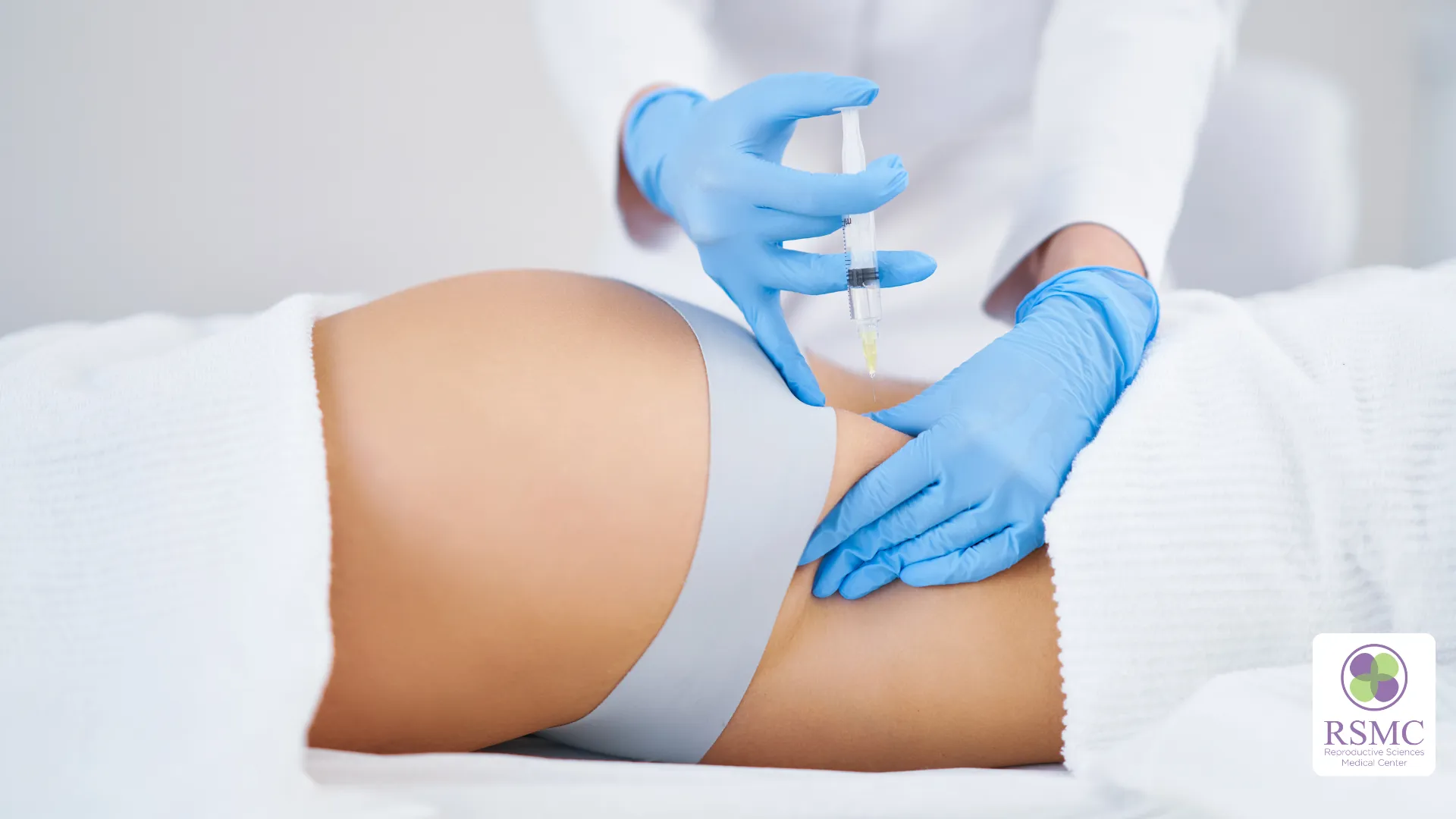Natural IVF Started It All
The first IVF baby ever, Louise Brown, was born on July 25, 1978 via natural IVF. At the time, fertility experts didn’t know what they do now about stimulating the ovaries to produce multiple follicles. They had to use the woman’s natural cycle for IVF treatment and their success rate never went above 10%.
The fertility industry as a whole, and IVF treatment in particular, have changed a lot since that time. Now most IVF cycles are conventional IVF, a cycle of ovarian stimulation producing multiple egg follicles that can be harvested in one procedure to produce multiple embryos ready for implantation or freezing.
Difference Between Conventional IVF and Natural IVF
A conventional IVF cycle uses a series of fertility drugs to stimulate the ovaries so they produce multiple mature eggs. The eggs are retrieved during a minor surgical procedure and exposed to sperm to produce embryos. If the sperm to be used is good quality, the eggs can be mixed with it and the eggs that can be fertilized will be.
Not all eggs retrieved are good quality and able to be fertilized. In approximately 50% of IVF treatment, the sperm is introduced to the egg through a process called Intracytoplasmic sperm injection (ICSI). In ICSI the sperm is injected directly into the egg. There are a number of reasons for this including poor sperm motility and hard shell on the egg.
- Conventional IVF works best for people who don’t want to go through multiple IVF cycles. This includes women who don’t want to go through multiple egg retrievals and people with a limited amount of sperm available.
- One of the primary advantages of conventional IVF is the ability to produce multiple embryos at one time so extras can be frozen for future use. With multiple embryos, you can also perform genetic screenings and only implant embryos that are disease free.
- The drugs used for conventional IVF include a medication to suppress the LH surge and ovulation until the developing eggs are ready; FSH product (follicle stimulating hormone) to stimulate development of multiple eggs, and HCG (human chorionic gonadotropin) to cause final maturation of the eggs.
- The average IVF success rate per egg retrieval cycle for women 35 and under is close to 50%. This is because there are usually a number of embryos available so only the best quality embryos will be implanted.
A natural IVF cycle is timed to work with the woman’s ovulation cycle where a single, naturally matured egg is harvested. While the cycle isn’t totally drug free, there is a single injection of hCG or Lupron to prepare the egg for retrieval, it requires a lot less medication which lowers the in vitro fertilization cost. The procedure from the hCG injection on is exactly the same as conventional IVF, including progesterone support after the embryo is implanted. Since the growth of the egg has to be monitored, there are multiple appointments for blood work and ultrasounds while the egg is maturing.
- Natural cycle IVF works best for couples with male infertility factors or women who don’t respond well to hormone therapy. It’s also a good choice for people worried about multiple embryos since there is only one embryo maximum created per cycle.
- The major advantage of natural IVF is the comparatively small amount of drug used so it’s easier on the woman’s body and cost a little less.
- There are still drugs used in natural IVF, just not as many. As the egg is naturally maturing, a shot of hCG is given around 40 hours before the egg is harvested. After the egg is harvested progesterone is given to supplement the uterine lining for implantation of the embryo.
- The average success rate for natural IVF cycles is 7-10%. The Society for Assisted Reproductive Technologies (SART), is the primary organization of professionals dedicated to the practice of assisted reproductive technologies (ART) in the United States. SART tracks live birth rates from fertility centers nationwide. They don’t track the rates for natural IVF because it isn’t practiced nearly as often as conventional IVF, so there is very little data available.
Reason for the Trend: Amount of Time It Takes to Get Pregnant
The average number of cycles to achieve a pregnancy using conventional IVF is two while the average number of cycles of natural IVF needed to achieve a pregnancy is 7-10. Why are they so different? One of the primary differences is in the fertilization rate:
- Almost all conventional IVF cycles end up with at least one viable embryo, generally more since there are usually between 10 and 18 eggs retrieved.
- The average costs for a conventional IVF treatment is $20,000 using the woman’s eggs and healthy sperm.
- During natural IVF cycles, approximately 25% don’t produce an egg that can be retrieved and another 25% don’t produce an egg that can be fertilized. That means that half the natural IVF cycles don’t result in an embryo that can be implanted.
- The average cost per cycle for natural IVF is about $16,500. There isn’t much savings because the only real difference, besides a few medical visits, is the cost of the medication to stimulate the ovaries and the cost of freezing extra embryos (since there won’t be any). The rest of the costs are the same because the process is the same.
IVF, We’ve Got This
Some people start with natural IVF but move to conventional IVF when they are unsuccessful after a number of cycles. Conventional IVF is the gold standard in reproductive medicine now because it’s so effective. Large, full-service reproductive medicine centers will offer both types of IVF, depending on the needs and desires of the patient. These centers usually recommend conventional IVF immediately because it has a greater chance of quick success so it saves money and time.























